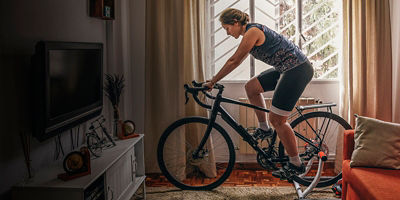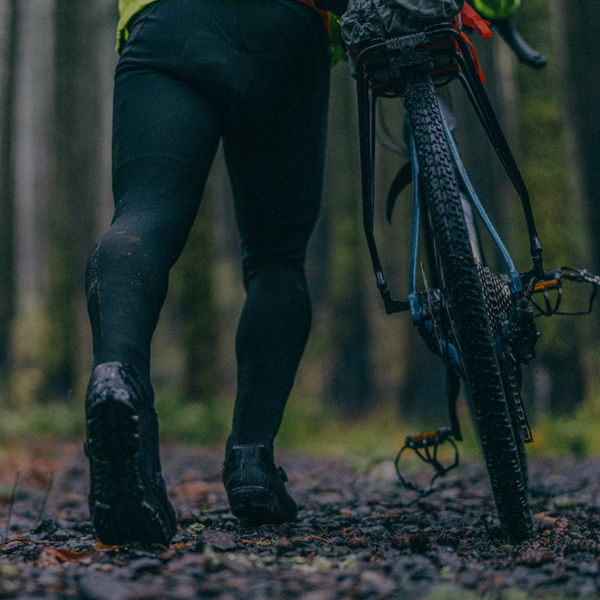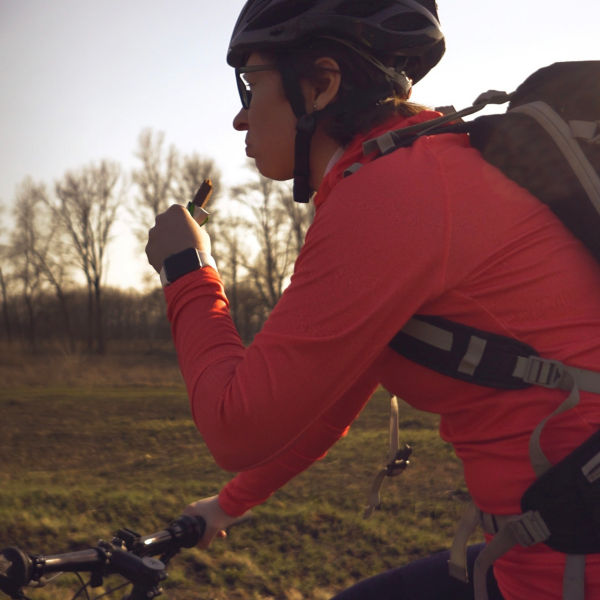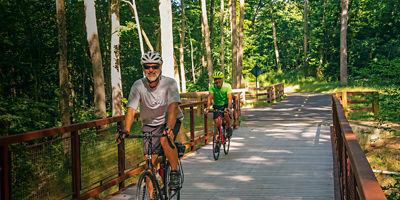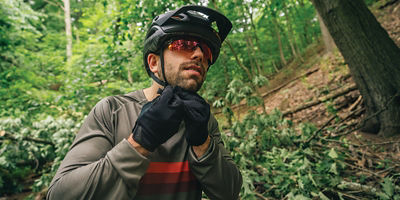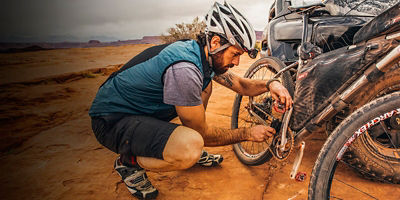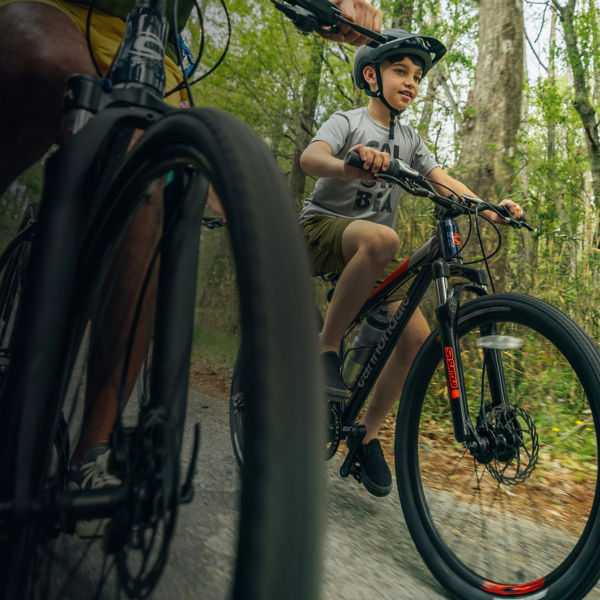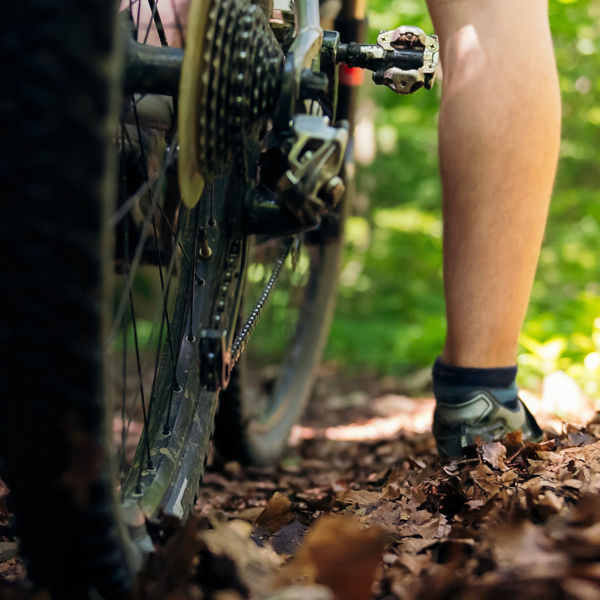
Commuting by bike is basically a life hack. For one thing, it might be the easiest way to squeeze more adventure into your daily routine. It can also help you save a ton of money, get more exercise, and even fight climate change.
According to one study, if you bike to work just once a week, you could keep half a ton of carbon dioxide out of the atmosphere each year. According to another, swapping a car for a bike for just one trip each day—even for something as simple as dropping by a neighbor’s house—could cut your personal carbon emissions by a whopping 67 percent.
But, like so many things that are good for us, commuting by bike can be easier said than done. It can be intimidating to find a safe route, choose the right gear, and rearrange your morning routine. So, follow this step-by-step guide to help. Use it to start changing your habits and reap all the rewards of commuting by bike.
1. Find your bike.
The first step to bike commuting is—you guessed it—getting a bike. If you’ve already got one, dig it out and make sure that it’s tuned up and road-ready. (You can either take it into a bike shop or Public Lands store, or tune it yourself.)
If you don’t have a bike yet, no sweat. Buying new is always an option, but most cities have second-hand bike shops or community nonprofits that can teach you how to choose and fix up a bike without paying much. Facebook Marketplace and Craigslist are also great resources for finding a set of gently used wheels. Any bike will do, but different bikes will perform better on different terrain.
For asphalt roads and bike paths…
Road bikes tend to be best for most commutes because their skinny tires create much less friction on the road, reducing the amount of effort you’ll have to put in during your commute. The only downside to skinny tires is that they can be more prone to punctures, and flats are harder to fix.
For dirt and gravel roads…
If your commute will take you down rural roads or poorly maintained streets, you might want to choose a mountain bike or gravel bike. Both can handle more varied terrain, and their tires tend to be simpler to change. It’s also often easier to find inexpensive, second-hand mountain bikes than it is to find used road or gravel bikes.
For big hills or hot weather…
If you want to bike to work but don’t want to show up to that all-hands meeting drenched in sweat, consider commuting by e-bike. You can still pedal as much as you want, but a pedal-assist electric motor can provide the added oomph to power up hills when needed.
2. Learn the lingo.
Before you start biking alongside cars, make sure you know your hand signals: A left arm straight out means turning left, while a left arm bent at the elbow in an “L” means turning right. Of course, if you want drivers to heed your hand signals, they need to notice you in the first place: Always bike wearing bright-colored clothing and equip your bike with lights (see below).
3. Map your route.
One of the easiest ways to map out a bike route is to enter your location and destination into Google Maps, then click the bike icon at the top of the page to show cycling directions. This feature usually does a good job of linking together bike paths, greenways, and bike-friendly roads to suggest a relatively safe, direct route. Similar tools like Bikemap.net and RidewithGPS.com—which has a companion app that speaks turn-by-turn directions as you ride—are also great options.
Once you have a route, try it out on the weekend to see how long it will take and build confidence ahead of your first workday commute.








